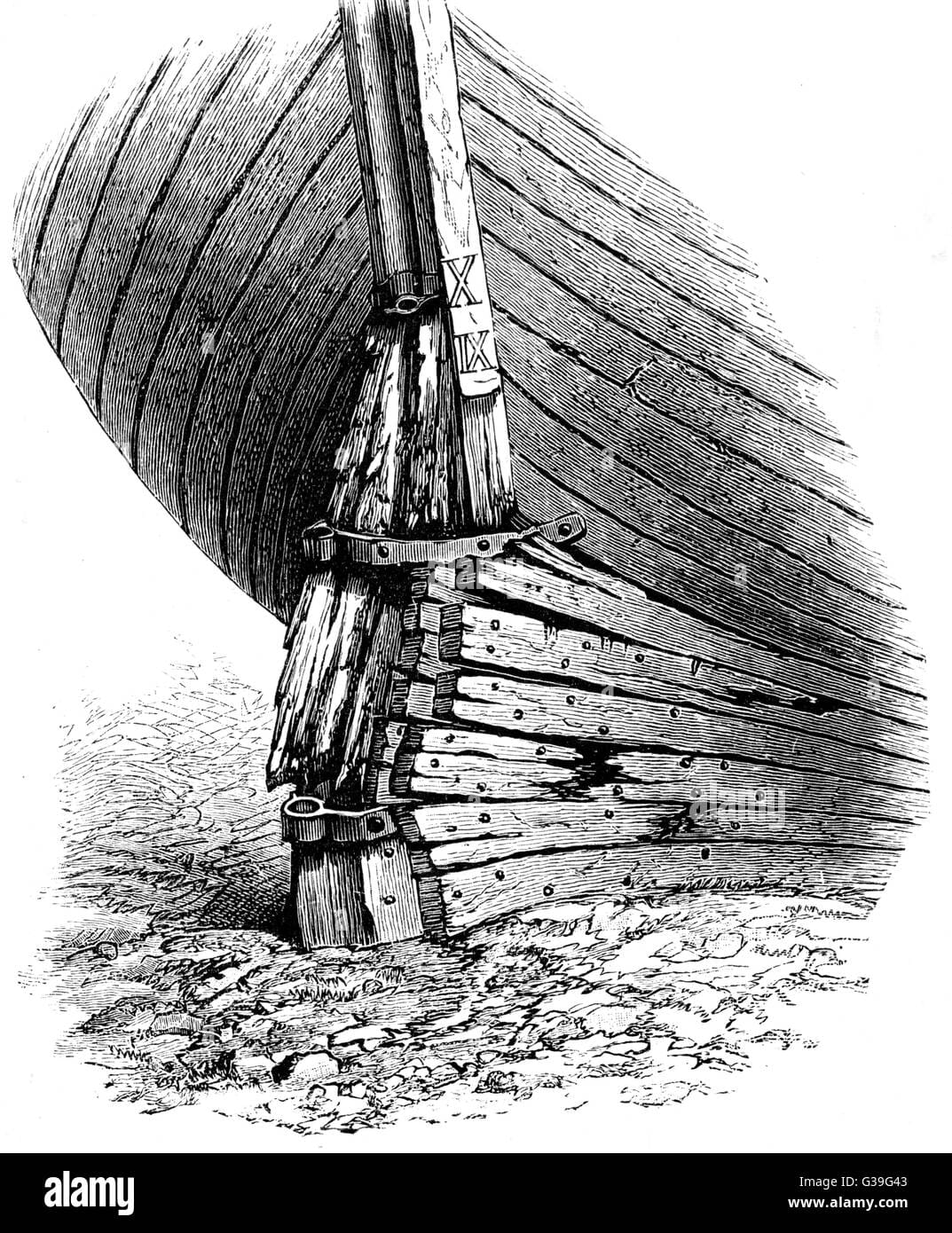The Rudder’s Impact on Global History
The rudder, a seemingly simple device, stands as a pivotal invention in world history, profoundly impacting maritime navigation, trade, exploration, and cultural exchange. Its development dramatically altered the course of civilizations, connecting disparate regions of the world and facilitating the exchange of goods, ideas, and technologies.
Navigating the Seas: From Quarter Rudders to Sternposts
Before the rudder’s widespread adoption, seafaring vessels were largely at the mercy of winds and currents. Early steering methods, such as the quarter rudder—a steering oar mounted on the side of the ship—offered limited control, especially for larger vessels. This restricted maritime travel to favorable winds and coastlines, hindering long-distance voyages.
The invention of the sternpost rudder during China’s Han Dynasty (206 BCE – 220 CE) revolutionized maritime navigation. Attached to the stern of the ship, this innovative design provided significantly improved control and stability, enabling sailors to navigate against the wind and venture further from shore. This development facilitated the construction of larger, more robust ships capable of carrying greater quantities of cargo, marking a turning point in maritime history. The sternpost rudder is considered a landmark achievement in AP World History, laying the foundation for subsequent maritime advancements and expanding the possibilities of sea travel. Major influence on Walt Whitman and Henry David Thoreau While transcendentalism may seem far removed from maritime history, the interconnectedness of human thought and innovation underscores how seemingly disparate fields can influence one another.
The Indian Ocean Trade: A Maritime Highway
The rudder’s impact on the Indian Ocean trade network was transformative. This bustling maritime highway connected diverse regions and facilitated the exchange of valuable commodities such as spices from Southeast Asia, textiles from India, and porcelain from China. The rudder enabled larger ships to navigate the monsoon winds, expanding trade routes and increasing the volume of goods transported. This economic and cultural exchange shaped the development of port cities like Malacca and Calicut, transforming them into thriving centers of commerce and cultural exchange. Scholars suggest that this period of increased maritime trade, driven by the rudder’s efficacy, played a significant role in the dissemination of religious and philosophical ideas, connecting different cultures in profound ways.
The Age of Exploration: Charting New Waters
While the sternpost rudder propelled maritime activity in Asia for centuries, its adoption in Europe was slower. The eventual embrace of this technology, however, proved essential for the Age of Exploration (15th-17th Centuries CE). Equipped with sternpost rudders, European ships could undertake longer, more ambitious voyages across the Atlantic and Pacific Oceans. This technological advancement facilitated the “discovery” of the Americas and the establishment of new global trade routes, ushering in a period of unprecedented global interconnectedness, albeit one marked by the complexities of colonialism and its lasting consequences. It is important to acknowledge the varied perspectives on this era, recognizing that “discovery” implies a Eurocentric viewpoint and that these voyages often resulted in exploitation and displacement of indigenous populations.
Refining the Rudder: Fenestrated and Balanced Designs
Innovation continued to refine the rudder’s design over time. By the 13th century, Chinese shipbuilders had developed fenestrated rudders, featuring openings in the blade that reduced steering effort and enhanced maneuverability. While this innovation did not reach Europe until much later, its eventual adoption speaks to the continuous evolution of maritime technology. Further advancements included the balanced rudder, which placed a portion of the blade forward of the steering post to further minimize the force required for steering. This design was adopted more widely in Europe during the 19th century and further improved the efficiency of large vessels.
The Rudder’s Legacy: Warfare, Empires, and Global Interconnection
The rudder’s influence extended beyond trade and exploration to shape naval warfare. Improved maneuverability became a critical tactical advantage, impacting the outcomes of sea battles and influencing the rise and fall of maritime empires. The ability to position ships strategically, made possible by the rudder, revolutionized naval combat, leading to the development of new warship designs and tactics.
The rudder’s importance in AP World History cannot be overstated. This seemingly simple invention played a crucial role in facilitating global trade, enabling exploration, and transforming naval warfare. It fostered the exchange of goods, ideas, and cultures across vast distances, laying the groundwork for the interconnected world we live in today. Ongoing research continues to uncover the multifaceted ways in which the rudder has shaped human history, reminding us that even seemingly small technological advancements can have profound and lasting global consequences.
- Unlocking 2-Letter Words with U: The Definitive Guide - April 4, 2025
- Unlock Words with the Letters THREE: Top Unscramble Tools 2025 - April 4, 2025
- Master Scrabble: X & Z Words for High Scores - April 4, 2025
















